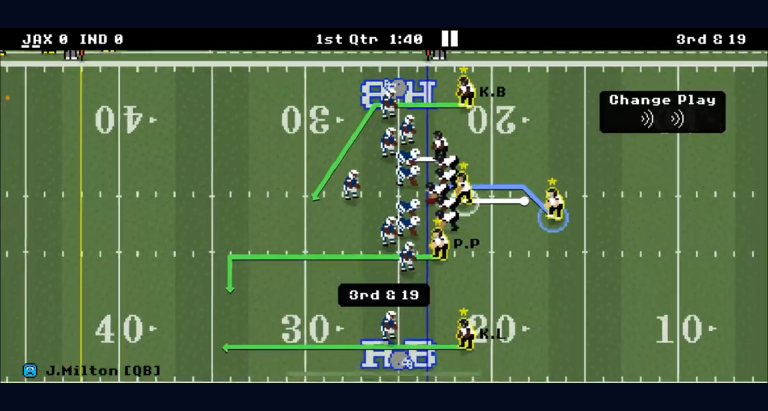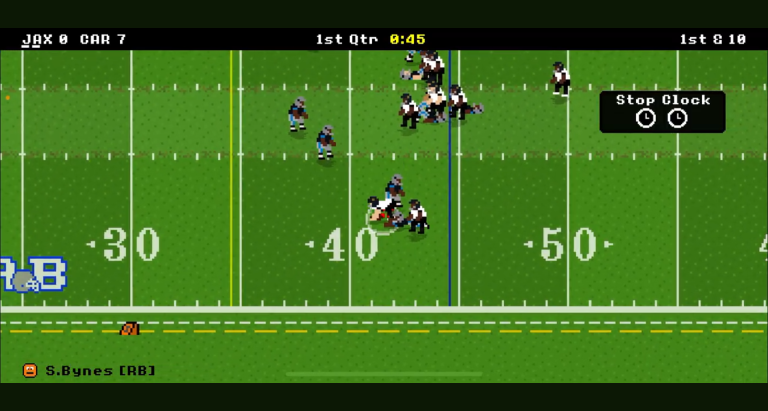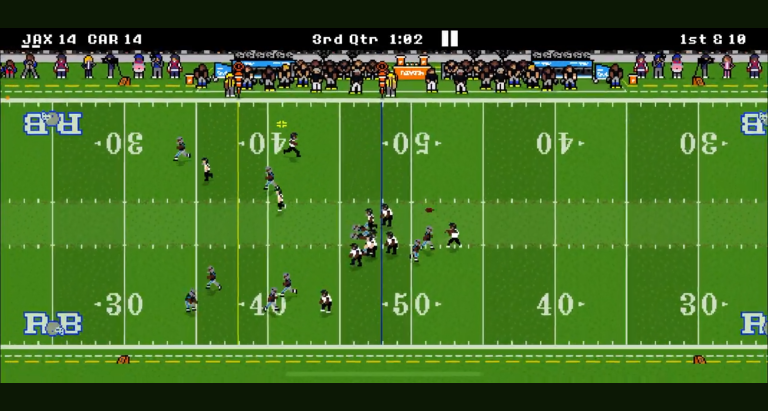Retro Bowl is more than just a nostalgic throwback to classic football games; it has evolved into a dynamic platform where strategy meets simulation. For players looking to immerse themselves deeply in gameplay, understanding how do you sim games in Retro Bowl is crucial. Simulation in sports games allows players to save time, focus on strategy, and develop player skills without getting bogged down in the minutiae of each play. This article aims to guide you through the entire process of simulating games in Retro Bowl.
Understanding Retro Bowl
Game Overview
Retro Bowl offers a unique blend of strategy and simplicity. The gameplay mechanics revolve around managing a football team while navigating both on-field and off-field challenges. Players engage in matches that require quick thinking and tactical prowess, all while controlling the outcome through strategic decisions. The graphics embrace a retro aesthetic, with pixelated players and fields that evoke nostalgia while still providing engaging visuals. Key features include customizable team rosters, player stats tracking, and an intuitive user interface that differentiates Retro Bowl from other sports games.
The Concept of Simulation
In gaming, simulation refers to the process of emulating real-world scenarios within a game environment. In the context of Retro Bowl, simulating games allows players to bypass the actual playtime, analyzing matches’ outcomes without physically playing through each moment. The benefits are numerous, including:
- Saves Time: Players can simulate entire seasons without the commitment of playing each game manually.
- Focuses on Strategic Elements: Analytics and strategy become the focal point, as players can manage operations and develop plays.
- Player Development Tracking: As games are simulated, the impact on player growth can be analyzed, helping to refine team strategies.
How to Access the Simulation Feature
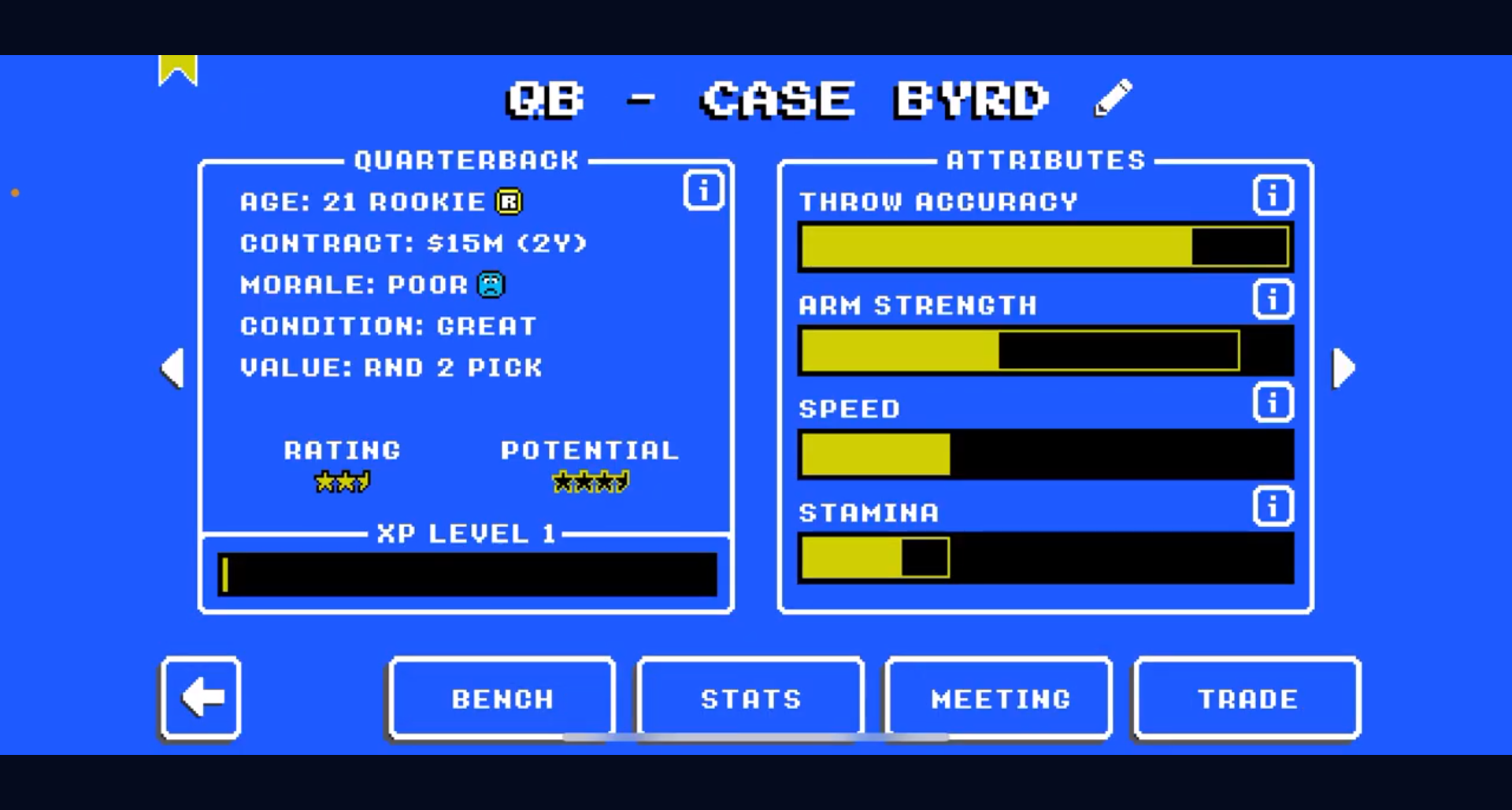
Navigating the Main Menu
To access the simulation feature, start by navigating the main menu of Retro Bowl. Here’s how:
- Open Retro Bowl and select either ‘Play Now’ or ‘Franchise Mode’.
- Look for the options to manage settings related to teams and simulations.
- Select the simulation options to proceed further.
For visual aid, refer to the screenshots below:
Starting a Game Simulation
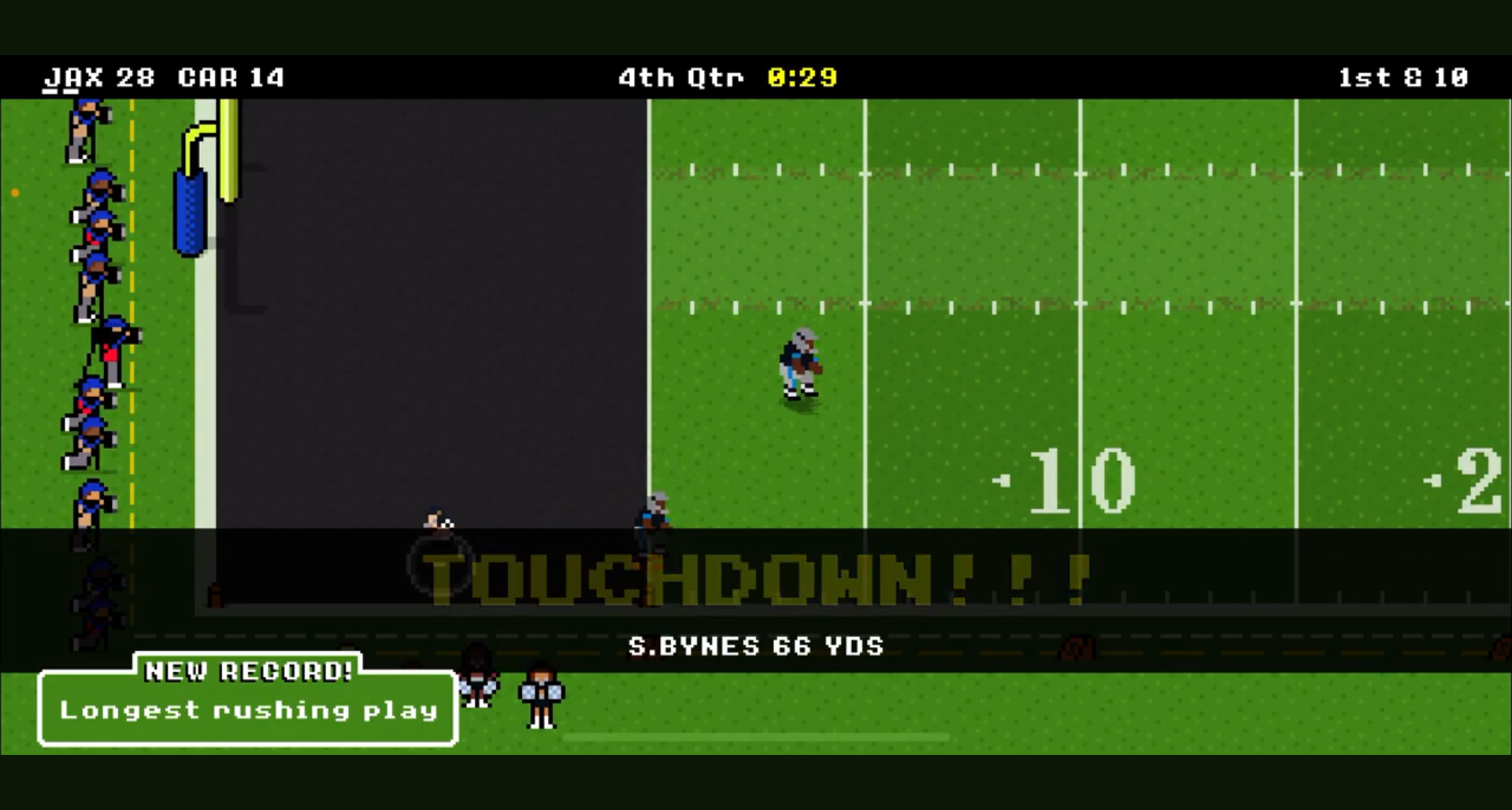
Initiating a simulation requires some preparation:
- Select the teams you wish to simulate.
- Adjust your game settings, including difficulty and environmental factors like weather.
Once these settings are configured, you can proceed to start the simulation, allowing Retro Bowl to calculate the outcomes based on your chosen parameters.
Adjusting Simulation Settings
Customizing Team Lineups
Before simulating games, ensuring a well-structured team lineup is essential. You can adjust player positions and strategies through the team management interface. Create a balanced roster by:
- Analyzing individual player strengths and weaknesses.
- Experimenting with different formations that suit your team’s capabilities.
This preparation allows for effective simulations where the team performs optimally based on the strategies laid out.
Game Settings and Options
The simulation options can significantly affect gameplay. Adjusting settings such as timed quarters or simulation speed can change how the outcome is processed. Evaluate whether to prioritize:
- Offensive or Defensive Play Calls: Depending on your game strategy, focus on how aggressive your approach will be during simulations.
- Simulation Speed: Control the pacing of the game simulation to match your preference for quick outcomes or more detailed analysis.
Running the Simulation
Watching the Game Play Out
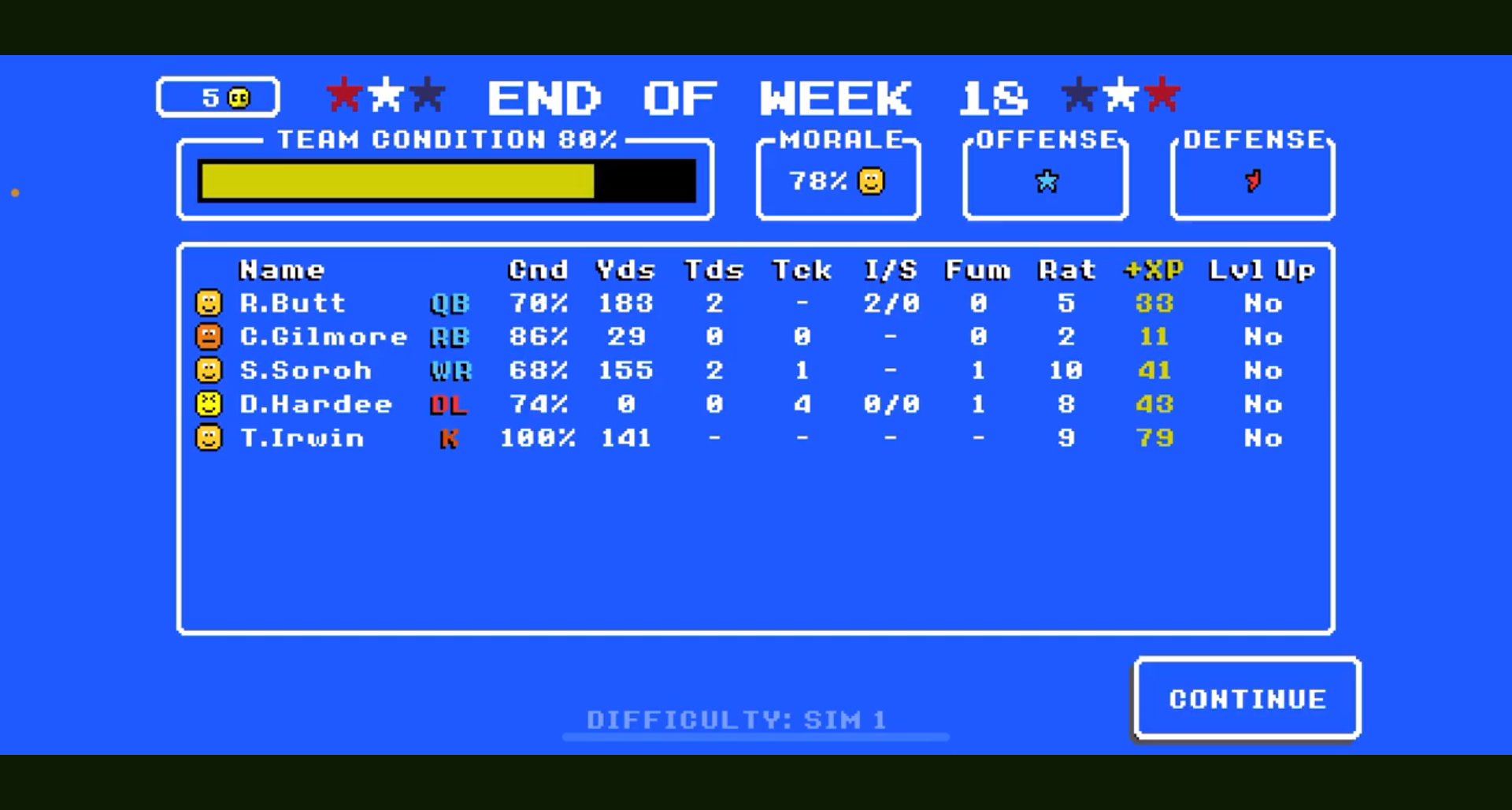
Once you begin the simulation, watching it unfold can be both thrilling and instructive. Key aspects to observe include:
- Player Performances: Track individual stats and contributions during the game.
- Injuries and Penalties: Understanding how injuries impact your game plan is crucial for future simulations.
Tips for Successful Simulations
To see favorable outcomes in your simulations, consider these strategies:
- Managing Morale: Keep track of player happiness, as it can affect performance.
- Understanding AI Behavior: Familiarize yourself with how the game’s AI makes tactical decisions to anticipate and counteract effectively.
Analyzing Simulation Results
Post-Game Breakdown
After a simulation, it’s vital to analyze the statistics. Key performance indicators include:
- Player Performance Metrics: Detailed stats on each player’s contribution offer insights into who performed well.
- Game Outcome Analysis: Review how well your strategies panned out and areas needing adjustment.
Making Adjustments for Future Games
Use simulation results to refine your team strategies. Adapting based on past performances is crucial. This adaptability can lead to improved outcomes in future games.
Common Issues and Troubleshooting
Common Mistakes to Avoid During Simulations
Many players make critical errors that can impact the effectiveness of their simulations:
- Mismanagement of Team Rosters: Ensure to regularly update player conditions and lineups.
- Ignoring Player Abilities: Each player’s unique characteristics can dramatically impact gameplay.
Frequently Asked Questions
- How can I improve my team’s performance in simulations?
- Focus on enhancing player morale, understanding their strengths, and adjusting team strategies based on past simulation data.
- Can I alter player traits during simulations?
- No, player traits remain fixed during simulations; the focus is on how they can perform under set conditions.
- What affects game outcomes the most in simulations?
- Team composition, play strategies, and key player performance metrics significantly influence results.
- Can I simulate multiple games at once?
- Currently, Retro Bowl supports sequential simulation; however, analyzing multiple data points can inform future games.
- What are the best settings for my first simulation?
- Start with moderate difficulty settings to gauge player performance before making aggressive adjustments in future games.
- What should I do if I encounter technical issues during simulation?
- Visit Retro Bowl support forums for assistance with technical glitches or gameplay issues.
Summary of Key Points
| Key Aspect | Description | Importance |
|---|---|---|
| Game Overview | Nostalgic gameplay with strategic depth | Offers a unique gaming experience |
| Simulation Benefits | Saves time and emphasizes strategy | Fosters better gameplay understanding |
| Performance Analysis | Players’ stats provide valuable insights | Guides future team and strategy adjustments |
With this comprehensive guide to how do you sim games in Retro Bowl, you are now equipped to enter the simulation realm with confidence. Explore the fun of directing your team without the commitment of active gameplay, and enhance your skills along the way by analyzing and adapting strategies based on simulation results.
Have you tried your hand at simulations in Retro Bowl? Join the conversation and share your experiences and tips with the community—your insights could help fellow players navigate their simulations effectively!
